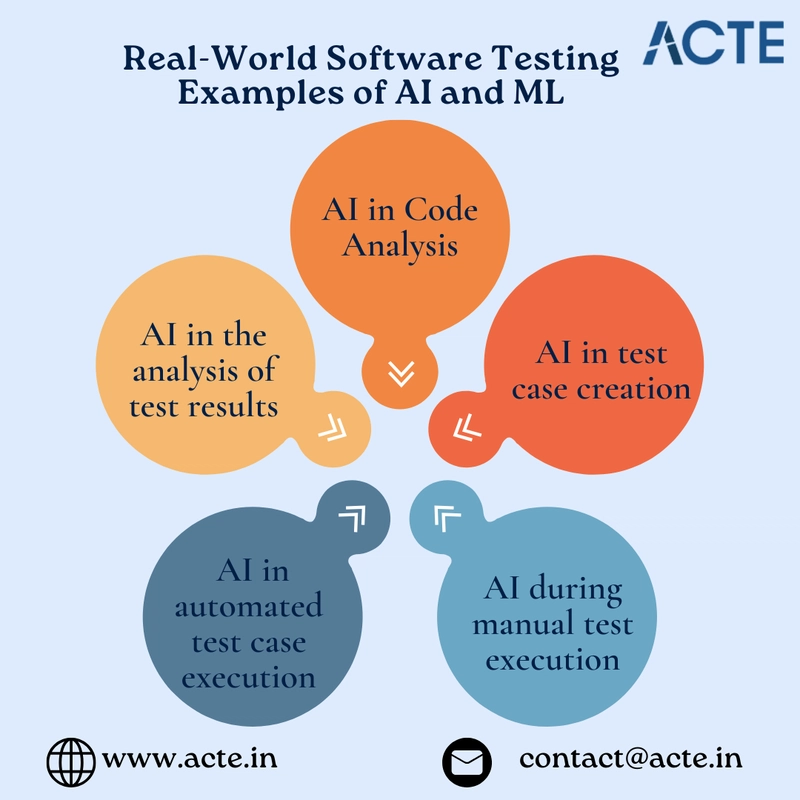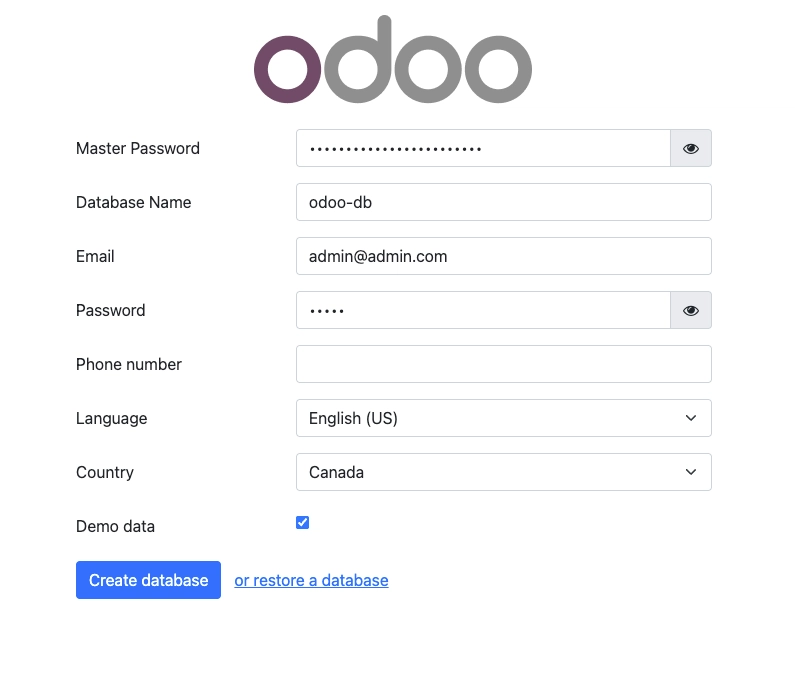The Role of AI in Contemporary Software Testing
There has been significant discussion about how artificial intelligence affects human behavior. What are the potential advantages of using artificial intelligence in software testing? This article demonstrates how AI simplifies thorough software testing. The technical landscape is steadily changing as a result of the advancement of artificial intelligence (AI). Its use in a variety of software development fields keeps expanding. Our Software Testing Course in Pune covers software testing, one area of software development where AI may have a big impact. How does artificial intelligence (AI) affect software testing One of the most overused terms in the online marketplace is artificial intelligence. The term "AI" evokes visions of autonomous vehicles, voice-activated assistants such as Alexa or Siri, virtual chess opponents, and supercomputers capable of eradicating humankind. "The study of 'intelligent agents': any device that senses its surroundings and acts in a way that maximizes its chances of accomplishing its objectives" is the definition of artificial intelligence research given by Wikipedia. That's a bit too abstract, though. Artificial intelligence, in my opinion, is the capacity of a computer program or machine to think (reason for itself) and learn (gather data and modify future behavior in a positive way). Real-World Software Testing Examples of AI and ML Para soft's Continuous Quality Testing Platform makes extensive use of AI and ML. They are significant subjects for the further research and development of Parashot. New and creative ways to integrate these technologies into our platform and optimize test automation throughout the SDLC are constantly being developed by our research. A few uses for them are listed here. 1. Code analysis powered by AI Better code is frequently the outcome of early testing in the creation of AI software. Even the code of large systems with complex features can be automatically analyzed and searched for potential errors and vulnerabilities with a significant reduction in manual labor by utilizing the skills and knowledge learned in our Software Testing Online Course on code analysis, best practices, and common defect causes. 2. Using AI to create test cases Whether tests are conducted automatically or manually, machine learning software testing can be highly advantageous for quality assurance. First, deciding which test cases to develop may be aided by looking at high-risk websites or simple coverage studies. Additionally, there are duplicate or superfluous test cases in the current collection. 3. Combining manual testing with artificial intelligence Artificial intelligence can also significantly improve manual test execution when evaluating the outcomes of prior or ongoing executions. This enables the early identification of high-risk or defect-detection potential areas. The entire test process can be made much more efficient by using the results to more accurately plan the scope and emphasis of subsequent test executions. 4. AI in automated execution of test cases One of the primary applications of AI and ML is image recognition. This can be used in automated test scenarios. It makes it possible to create automated test cases that are far more dependable and constant over changes. One piece of software that can be recognized automatically even if its internal ID, location, or appearance have changed is the shopping cart. This also applies to a page's tags, size, location, and id, among other elemental features. 5. Using AI to analyze test results ML algorithms are also perfect for examining test results. It takes a lot of effort to sort through the enormous amounts of defect reports, log files, result data, and photos that are regularly provided. Machine learning enables rapid and effective examination and analysis of data, as well as the discovery of relevant information. It ought to be able to recognize the primary software problems and produce errors by itself. Conclusion More software will probably be released in the future to solve problems in our daily operations given the software market's extraordinary growth. However, for software to function properly and reach the market as quickly as feasible, automation and artificial intelligence are necessary for software testing. Parasoft's Continuous Quality Testing Platform offers AI and machine learning (ML)-powered software testing solutions to stop, find, and address defects early in the software development life cycle (SDLC).
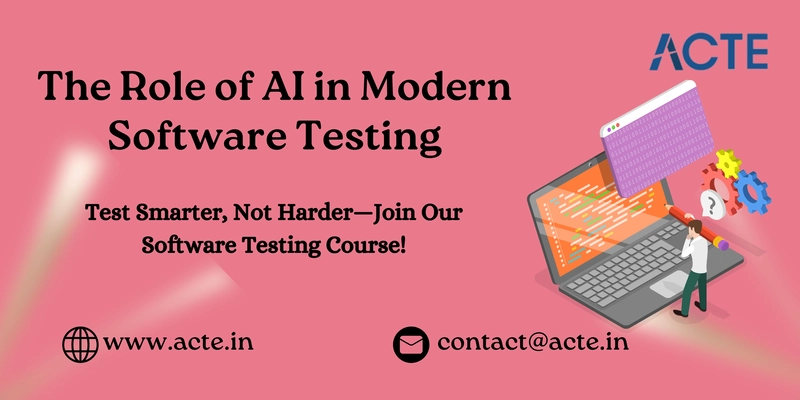
There has been significant discussion about how artificial intelligence affects human behavior. What are the potential advantages of using artificial intelligence in software testing? This article demonstrates how AI simplifies thorough software testing.
The technical landscape is steadily changing as a result of the advancement of artificial intelligence (AI). Its use in a variety of software development fields keeps expanding. Our Software Testing Course in Pune covers software testing, one area of software development where AI may have a big impact.
How does artificial intelligence (AI) affect software testing
One of the most overused terms in the online marketplace is artificial intelligence. The term "AI" evokes visions of autonomous vehicles, voice-activated assistants such as Alexa or Siri, virtual chess opponents, and supercomputers capable of eradicating humankind.
"The study of 'intelligent agents': any device that senses its surroundings and acts in a way that maximizes its chances of accomplishing its objectives" is the definition of artificial intelligence research given by Wikipedia. That's a bit too abstract, though.
Artificial intelligence, in my opinion, is the capacity of a computer program or machine to think (reason for itself) and learn (gather data and modify future behavior in a positive way).
Real-World Software Testing Examples of AI and ML
Para soft's Continuous Quality Testing Platform makes extensive use of AI and ML. They are significant subjects for the further research and development of Parashot. New and creative ways to integrate these technologies into our platform and optimize test automation throughout the SDLC are constantly being developed by our research. A few uses for them are listed here.
1. Code analysis powered by AI
Better code is frequently the outcome of early testing in the creation of AI software. Even the code of large systems with complex features can be automatically analyzed and searched for potential errors and vulnerabilities with a significant reduction in manual labor by utilizing the skills and knowledge learned in our Software Testing Online Course on code analysis, best practices, and common defect causes.
2. Using AI to create test cases
Whether tests are conducted automatically or manually, machine learning software testing can be highly advantageous for quality assurance. First, deciding which test cases to develop may be aided by looking at high-risk websites or simple coverage studies. Additionally, there are duplicate or superfluous test cases in the current collection.
3. Combining manual testing with artificial intelligence
Artificial intelligence can also significantly improve manual test execution when evaluating the outcomes of prior or ongoing executions. This enables the early identification of high-risk or defect-detection potential areas. The entire test process can be made much more efficient by using the results to more accurately plan the scope and emphasis of subsequent test executions.
4. AI in automated execution of test cases
One of the primary applications of AI and ML is image recognition. This can be used in automated test scenarios. It makes it possible to create automated test cases that are far more dependable and constant over changes. One piece of software that can be recognized automatically even if its internal ID, location, or appearance have changed is the shopping cart. This also applies to a page's tags, size, location, and id, among other elemental features.
5. Using AI to analyze test results
ML algorithms are also perfect for examining test results. It takes a lot of effort to sort through the enormous amounts of defect reports, log files, result data, and photos that are regularly provided. Machine learning enables rapid and effective examination and analysis of data, as well as the discovery of relevant information. It ought to be able to recognize the primary software problems and produce errors by itself.
Conclusion
More software will probably be released in the future to solve problems in our daily operations given the software market's extraordinary growth. However, for software to function properly and reach the market as quickly as feasible, automation and artificial intelligence are necessary for software testing. Parasoft's Continuous Quality Testing Platform offers AI and machine learning (ML)-powered software testing solutions to stop, find, and address defects early in the software development life cycle (SDLC).







































































































































































![[The AI Show Episode 143]: ChatGPT Revenue Surge, New AGI Timelines, Amazon’s AI Agent, Claude for Education, Model Context Protocol & LLMs Pass the Turing Test](https://www.marketingaiinstitute.com/hubfs/ep%20143%20cover.png)



















































































































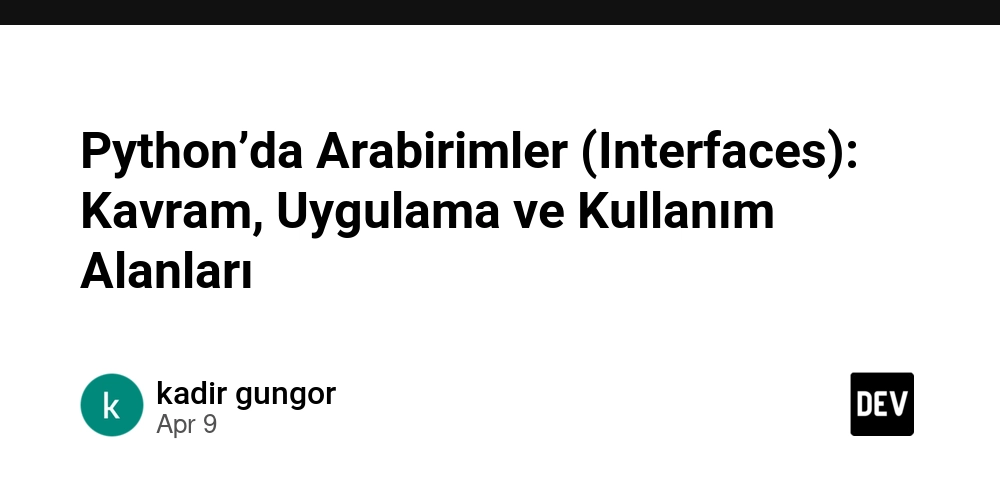
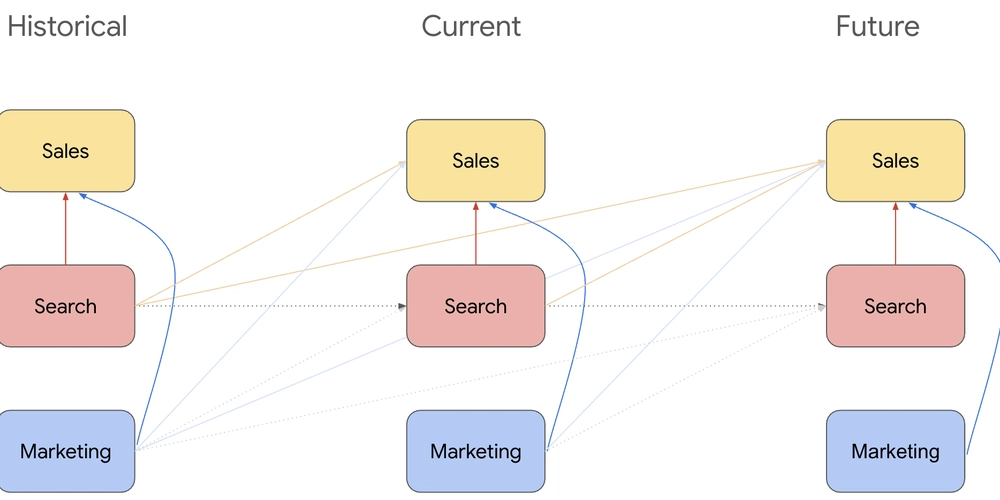

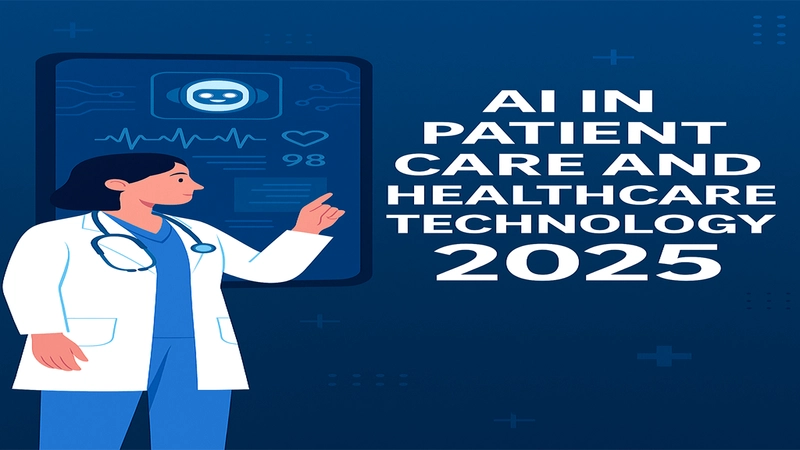














![From drop-out to software architect with Jason Lengstorf [Podcast #167]](https://cdn.hashnode.com/res/hashnode/image/upload/v1743796461357/f3d19cd7-e6f5-4d7c-8bfc-eb974bc8da68.png?#)











































.png?width=1920&height=1920&fit=bounds&quality=70&format=jpg&auto=webp#)




























































.jpg?#)







.png?width=1920&height=1920&fit=bounds&quality=70&format=jpg&auto=webp#)























_ArtemisDiana_Alamy.jpg?#)












































































-xl.jpg)












![Yes, the Gemini icon is now bigger and brighter on Android [U]](https://i0.wp.com/9to5google.com/wp-content/uploads/sites/4/2025/02/Gemini-on-Galaxy-S25.jpg?resize=1200%2C628&quality=82&strip=all&ssl=1)












![Apple Rushes Five Planes of iPhones to US Ahead of New Tariffs [Report]](https://www.iclarified.com/images/news/96967/96967/96967-640.jpg)
![Apple Vision Pro 2 Allegedly in Production Ahead of 2025 Launch [Rumor]](https://www.iclarified.com/images/news/96965/96965/96965-640.jpg)
































































































































